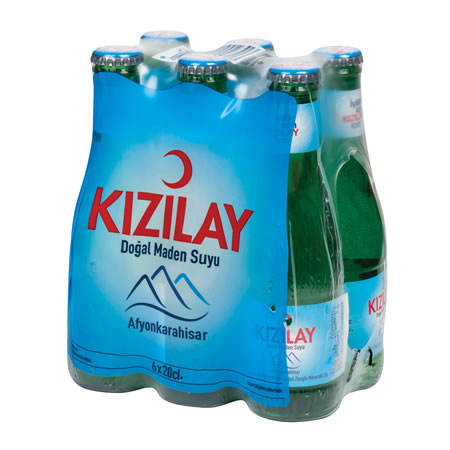Subitizing/altlandırma: Küçük bir gruptaki obje sayısını saymadan bilme yeteneğidir.
(Subitizing: Türkçe karşılığı “ani” olan Latince’deki “subitus” kelimesinden türetilmiştir.)
Gündelik hayatta altlandırmayı kullandığımız birçok durum vardır. 6’lı pakette soda aldığımızı farz edelim. Soda şişelerini buzdolabına nasıl dizersek dizelim şişe sayısının 6 olduğunu biliriz. Aslında bu bilgiye soda şişelerini saymamıza gerek kalmadan ulaşırız. Eğer soğuyan sodalardan birini içmeye karar verirsek, geriye 5 adet soda kaldığını bilgisine de yine sodaları saymadan ulaşabiliriz.

Altlandırma için bir başka örneği tavla oyunundan verebiliriz. Diyelim ki attığımız zarlar 2 ile 5 geldi. Bu bilgiye ulaşırken harcadığımız süre neredeyse saniyenin onda birleri kadardır. Hatta, gelen zarların kaç olduğuna karar verirken harcanan süre tavla oyununu oynadıkça kısalabilir. Yani altlandırma, zamanla ve üzerine çalışıldığında gelişebilen bir yetenektir.
Kimi bilim insanlarının araştırmalarına göre 6 aylık bebekler 1, 2 ve hatta 3 kavramına görsel(3 defa zıplayan top) ve işitsel(3 defa alkışlamak) olarak sahiptir. Bir diğer deyişle insan doğduktan sonra sayı kavramını hızla geliştirmeye başlar.
Kebab Truck ve Altlandırma
Kebab Truck oyununda altlandırma; gelen müşteri gruplarının sayısında gizlenmiştir. Oyun oynandıkça daha yüksek skorlara ulaşılır. Bunun nedeni zamanla altlandırmanın gelişiyor olmasıdır.
Kebab Truck’ta müşterilerin aşağıdaki gibi geldiğini düşünelim:

Oyunda tecrübe kazandıkça bu durumda yapacağınız hamle, oyuna acemi iken yapacağınız hamlelerden çok daha farklı olur. Bunun en önemli nedeni, zamanla altlandırma yeteneğinizin gelişmiş olmasıdır.
Kebab Truck oyununun geliştirdiği bir başka yetenek ise basit aritmetik becerileridir. Bu beceriler sadece müşteri sayılarını toplama ve çıkarma ile sınır değildir. Skor sisteminin nasıl formüle edildiği çözülünce (gelen müşteri gruplarından maksimum skoru elde edebilmek için) çarpma işleminin de oyunun bir parçası olduğu anlaşılır.


















































